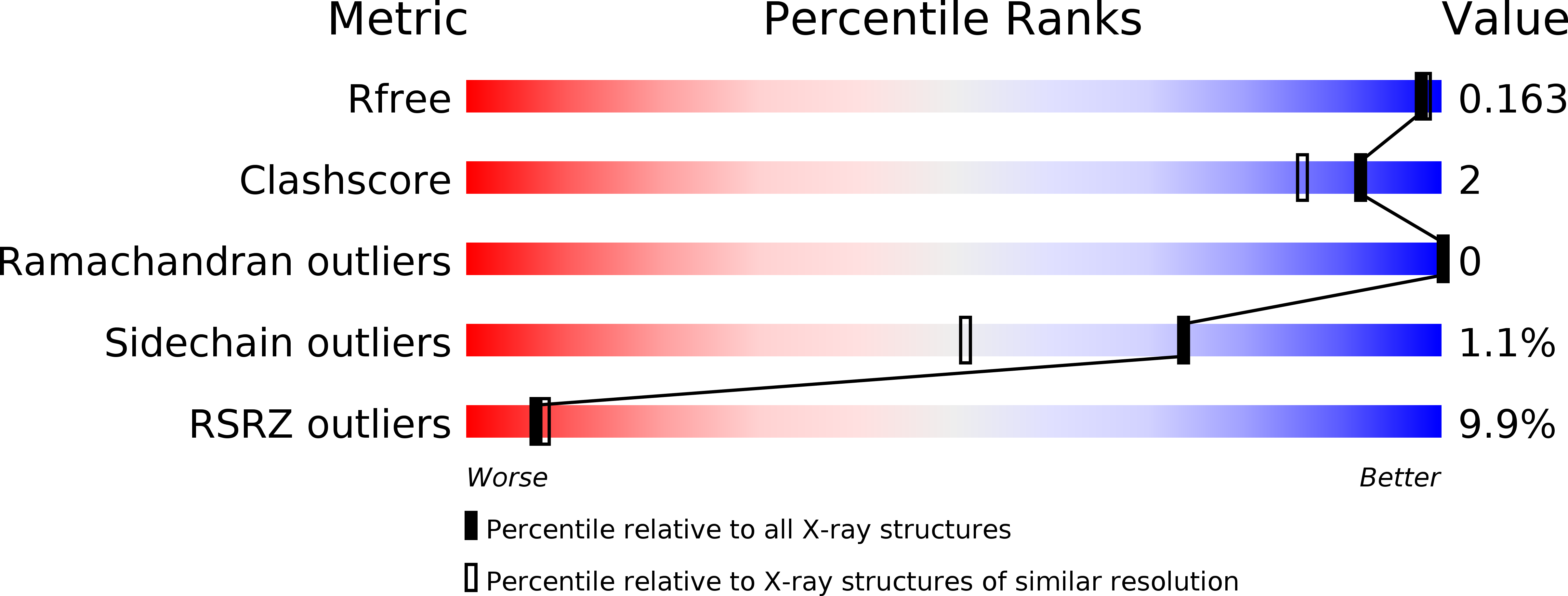
Deposition Date
2016-08-29
Release Date
2016-10-26
Last Version Date
2024-01-17
Method Details:
Experimental Method:
Resolution:
1.53 Å
R-Value Free:
0.16
R-Value Work:
0.13
R-Value Observed:
0.14
Space Group:
P 1 21 1


